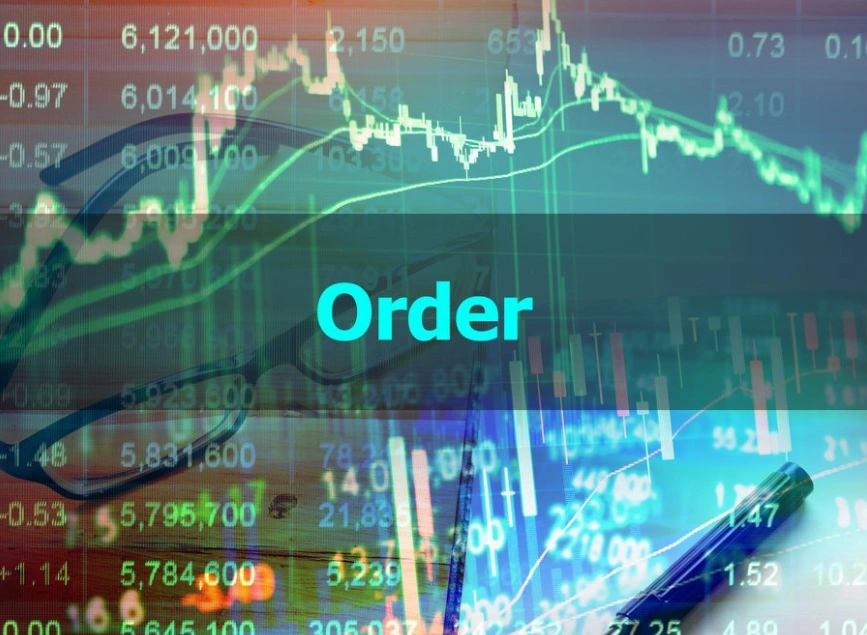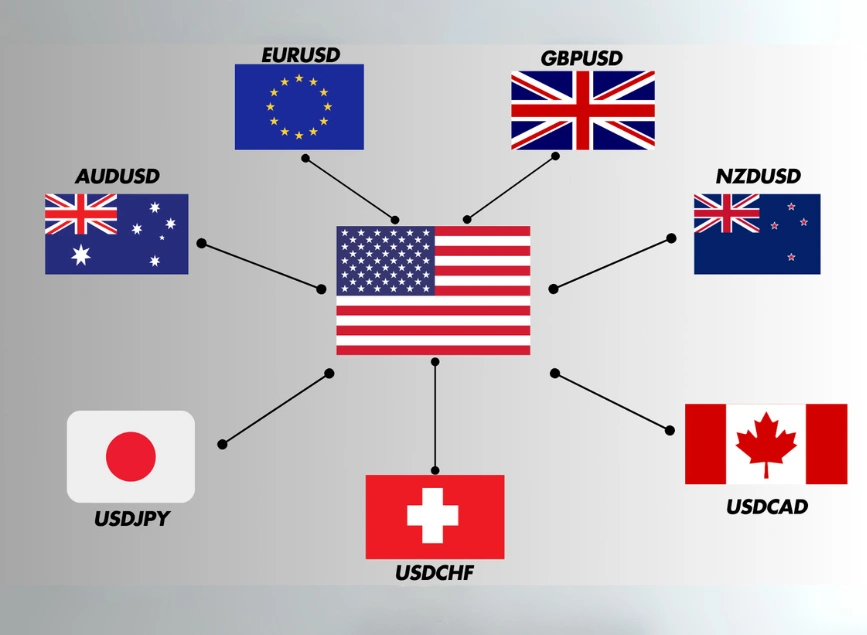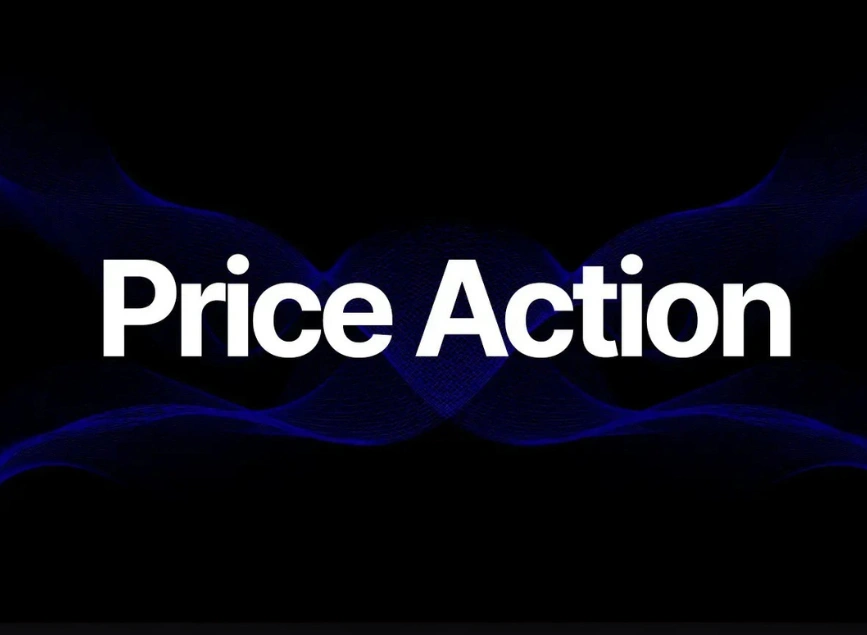
Emotion or Analysis? How Traders Fool Themselves
Estimated reading time: 3 minutes
Table of contents
When your feelings wear the mask of logic, your trades may be doomed from the start.
Emotion vs. Real Analysis
| Situation | Emotional Response | Rational Analysis |
|---|---|---|
| Prices falling | “It’s just a dip” (without proof) | “Is trend support breaking?” |
| In a losing position | “This is the bottom” | “Is the risk/reward still valid?” |
| Moving take-profit for more gain | “RSI still has room” | “Am I just afraid of missing out?” |
| Losing trade | “I’ll get back at the market!” | “Did I follow my plan?” |
Emotional Traps Traders Fall Into
- Fear of loss – You hold losing positions hoping they’ll turn around.
- False hope – You make bullish predictions in clear downtrends.
- Greed – You keep waiting for “just a little more.”
- Anger – You enter revenge trades to win back losses.
- Illusion of control – You think using fancy tools gives you power over the market.
🧠 Reality check: Tools reflect the past, not predict the future. You can’t control the market—but you can control how you react to it.
Confirmation Bias: The Invisible Saboteur
You tend to:
- Accept only bullish analysis after buying.
- Blame the market when trades go wrong.
- Follow influencers who say what you want to hear.
📌 This isn’t analysis—it’s emotional defense.
5 Questions to Test Your Objectivity
Ask yourself:
- Did I decide first, then analyze?
- Do I ignore analysis that disagrees with me?
- Did I change my view only after a loss?
- Do I believe only one outcome is possible?
- Can I evaluate the opposite case without emotional discomfort?
If you answered “yes” to several, you’re analyzing emotionally—not logically.
How to Take Back Control (From Your Emotions)
- 📝 Keep a trading journal
Log your thoughts, trades, and feelings. Patterns will emerge. - ⚖️ Run dual scenarios
Write one bullish and one bearish thesis—even if you favor one side. - 🧘 Mental reset before analysis
Meditate, breathe deeply, or take a walk. Calm minds make clear decisions. - 📋 Commit to your strategy
Don’t let emotions dictate new rules on the fly. - 🧩 Post-trade debrief
Always ask: “Was that analysis… or emotion?”
Final Thoughts: Don’t Use Analysis to Justify Emotion
Real trading success comes from:
- Precise analysis
- Sound risk management
- Emotional mastery
The most dangerous mistake? Thinking you’re making rational decisions when you’re really emotional—especially when your confidence is highest.
🔍 So ask yourself:
Are you analyzing the market—or just dressing up your feelings as logic?
💬 What about you?
Have you ever realized your “analysis” was really emotion in disguise?
How do you deal with it? Share your stories below! 👇
Share
Hot topics

What Is the US Dollar Index (DXY) in Forex?
If you’ve spent any time exploring global markets, you’ve certainly heard about the US Dollar Index, known as DXY. For many beginner traders, it appears to be one of those...
Read more




Submit comment
Your email address will not be published. Required fields are marked *